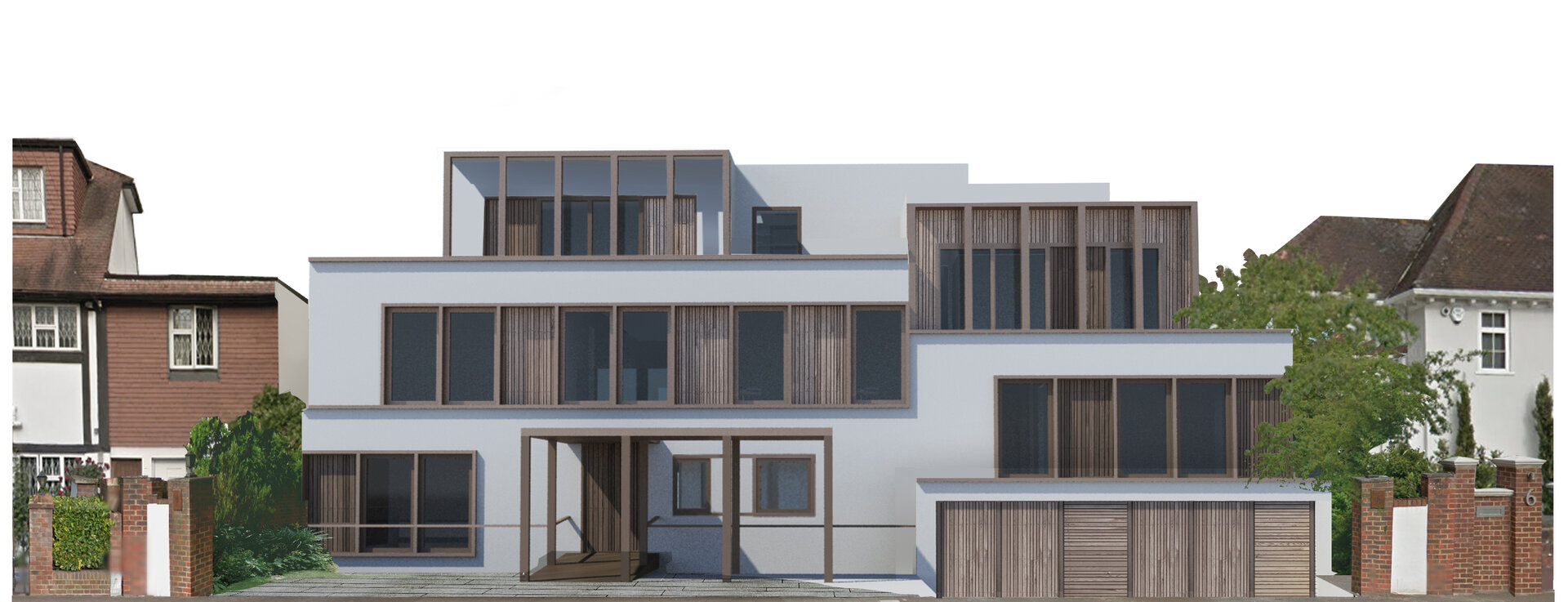Community Infrastructure Levy (CIL)
Community Infrastructure Levy (CIL) - how it affects your development
The Community Infrastructure Levy (CIL) is a new levy, which was adopted in 2010 to replace the system of Section 106 (S106) charges to developers to fund infrastructure.
The charge is based on a set rate per square metre, and is levied and collected by local authorities.
In London, the Mayor of London also has the ability to levy additional charges for most larger scale development.
The charge is based on a set rate per square metre, and is levied and collected by local authorities.
In London, the Mayor of London also has the ability to levy additional charges for most larger scale development.
When is CIL levied?
The majority of small-scale developments including extensions to houses are not liable for CIL. However, any development involving the creation of a new dwelling (even if it is under 100m2), or an extension to property yielding over 100m2 is classed as "CIL liable".
Following extensive lobbying, the government has introduced various exemptions from CIL for charitable relief and self-build projects. CIL charges vary hugely between different authorities, and they are dependent on property usage class and location. Generally, residential development carries the highest CIL levy per square metre.
If you are in any doubt about the qualification criteria for CIL, please contact WEA Planning.
Following extensive lobbying, the government has introduced various exemptions from CIL for charitable relief and self-build projects. CIL charges vary hugely between different authorities, and they are dependent on property usage class and location. Generally, residential development carries the highest CIL levy per square metre.
If you are in any doubt about the qualification criteria for CIL, please contact WEA Planning.
CIL in London
The Mayor of London has adopted a levy on developments which is split into the following 3 CIL zones:
Note that these zones have been established for the CIL levy, and they are entirely independent of TfL travel zones.
Note that these zones have been established for the CIL levy, and they are entirely independent of TfL travel zones.
- Zone 1 boroughs – £50 per m2: Camden, City of London, City of Westminster, Hammersmith and Fulham, Islington, Kensington and Chelsea, Richmond-upon-Thames and Wandsworth.
- Zone 2 boroughs – £35 per m2: Barnet, Brent, Bromley, Ealing, Greenwich, Hackney, Haringey, Harrow, Hillingdon, Hounslow, Kingston upon Thames, Lambeth, Lewisham, Merton, Redbridge, Southwark and Tower Hamlets.
- Zone 3 boroughs – £20 per m2: Barking and Dagenham, Bexley, Croydon, Enfield, Havering, Newham, Sutton and Waltham Forest.
CIL Liable Developments
If your development is CIL liable, the negotiation over the Mayor's CIL levy estimate will take place with the relevant local authority as the collecting authority.
Not all London boroughs have adopted a CIL charging schedule, so the incentive to collect the charge for the mayor differs across London.
These are the remaining Boroughs without a CIL charging schedule:
This page will update with any changes including revised schedules.
Not all London boroughs have adopted a CIL charging schedule, so the incentive to collect the charge for the mayor differs across London.
These are the remaining Boroughs without a CIL charging schedule:
- Ealing
- Enfield
- Havering
- Hounslow
- Kingston upon Thames
- Westminster.
This page will update with any changes including revised schedules.
What do you need to think about with CIL?
As a former CIL Collection Officer, William Avery is well versed in authorising CIL exemption claims and floorspace deductions.
From experience, there is a lot of misunderstanding with reference to the complicated and ever-changing CIL Regulations. Although there has now been a year of relative calm, the regulations have not been consolidated into one single CIL reference document. Therefore, care is needed when reviewing the local authority estimates and in order to make a successful challenge.
These are some key points to think about:
From experience, there is a lot of misunderstanding with reference to the complicated and ever-changing CIL Regulations. Although there has now been a year of relative calm, the regulations have not been consolidated into one single CIL reference document. Therefore, care is needed when reviewing the local authority estimates and in order to make a successful challenge.
These are some key points to think about:
- The onus is on the applicant to provide good quality, clear plans;
- You must submit your commencement of development to the Local planning authority at least one day before commencement. It is important to review the definition of commencement of development, which is the same definition as used in the Town and Country Planning Act (1947).
- It is essential to make any challenge to a CIL estimate early and well in advance of commencement.
- Different local authorities have different interpretations of the definitions within the CIL regulations. This includes "buildings into which people wouldn't ordinarily go", "one dwelling into two", "conversion of roofspace" and so on.
Planning and Community Infrastructure Levy (CIL) Advice
Please contact WEA Planning if you have any questions regarding your CIL concerns.

